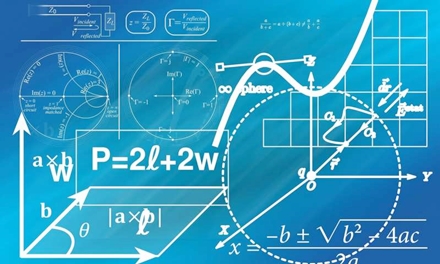|
NOVIDADES
The characteristics of a new, iron-containing type of material that is thought to have future applications in nanotechnology and spintronics have been determined at Purdue University. The native material, a topological insulator, is an unusual type of three-dimensional (3-D) system that has the interesting property of not significantly changing its crystal structure when it changes electronic phases—unlike water, for example, which goes from ice to liquid to steam. More important, the material has an electrically conductive surface but a non-conducting (insulating) core.  Credit: CC0 Public Domain
"These new materials, these topological insulators, have attracted quite a bit of attention because they display new states of matter," said Jorge Rodriguez, associate professor of physics and astronomy. "The addition of iron ions introduces new magnetic properties giving topological insulators new potential technological applications," Rodriguez said. "With the addition of magnetic dopants to topological insulators, such as iron ions, new physical phenomena is expected as a result of the combination of topological and magnetic properties." In 2016, three scientists received the Nobel Prize in physics for their work on related materials. But for all of the fascination and promise of iron-containing topological insulators, the use of these materials in nanotechnology needed further understanding about how their structural, electronic and magnetic properties work together. Rodriguez said his work uses supercomputers to explain Mössbauer spectroscopy, a technique that detects very small structural and electronic configurations, to understand what other scientists have been observing experimentally on iron systems. "By using the laws of quantum mechanics in a computational setting, we were able to use a modeling technique called density functional theory, which solves the basic equations of quantum mechanics for this material, and we were able to fully explain the experimental results," Rodriguez said. "For the first time we were able to establish a relationship between the experimental data produced by Mössbauer spectroscopy, and the 3-D structure of this material. This new understanding of the topological material will make it easier for engineers to use it in new applications." The work was published in Physical Review B. Steve Tally. Purdue University. Posted: Oct 23, 2019. Assuntos Conexos: Transístor com materiais isolantes é proposta para acelerar computadores. Plumbene, graphene's latest cousin, realized on a 'nano water cube' . |
|||||||||||||||||||||||||